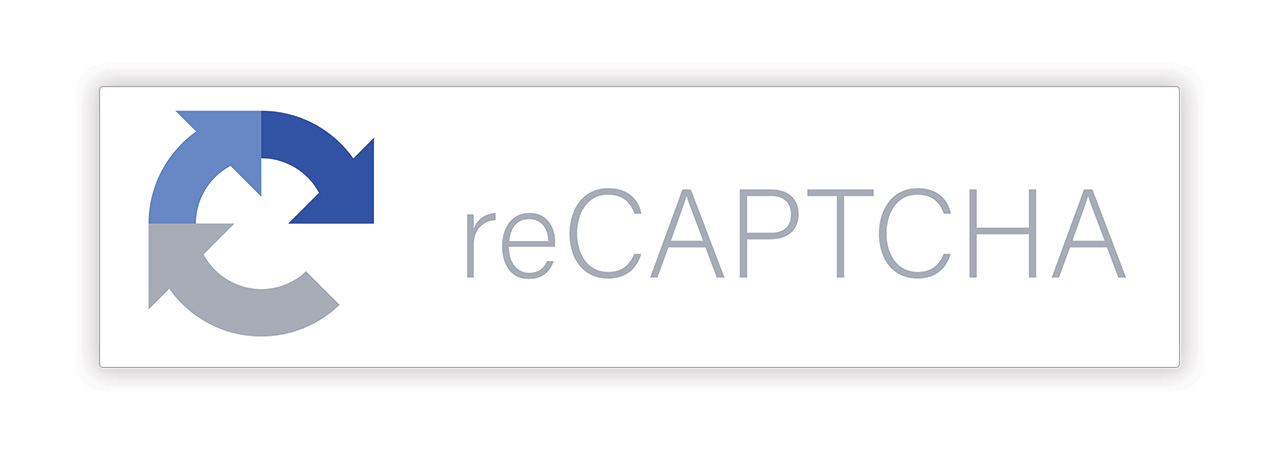
HR Tools: 7 of the Most Popular in 2023
Human resources (HR) is a crucial component of any successful organization. HR professionals are responsible for managing employee relations, recruiting and hiring new talent, ensuring compliance with labor laws and regulations, and creating and implementing company policies and procedures. In recent years, the use of technology in HR has become increasingly important, with a wide variety of HR tools available to streamline processes and improve efficiency. In this blog, we will explore 7 of the most popular HR tools available on the market today.
Payroll Management Tools
According to a report by Grand View Research, the global payroll and HR software market was valued at $16.05 billion in 2020 and is projected to grow at a compound annual growth rate (CAGR) of 6.3% from 2021 to 2028. The report attributes this growth to the increasing adoption of cloud-based payroll and HR solutions, as well as the increasing demand for automation and analytics tools in the HR industry. Additionally, a survey by The National Small Business Association found that 63% of small businesses use payroll software to manage their payroll, demonstrating the widespread adoption of payroll management tools across all business sectors.
Payroll management tools have become increasingly popular in recent years due to their ability to simplify the complex and time-consuming process of payroll management. With the advent of cloud-based technology, payroll management tools have become more accessible and affordable to businesses of all sizes. These tools automate tasks such as calculating wages and taxes, generating pay stubs and tax forms, and tracking employee time off and benefits, saving HR professionals valuable time and reducing the likelihood of errors.
Learning Management Systems
LMS offer a centralized platform for managing and delivering training programs and educational content to employees, students, or customers. LMS allow for flexible and self-paced learning, which is particularly important in today’s fast-paced business environment where employees need to continuously upskill and reskill to keep up with changing technology and industry trends. These systems are especially useful when combined with a training record management system so all your team members’ credentials can be seen in the same place.
Another reason for the popularity of LMS is the ability to track and measure learning outcomes. LMS provide detailed analytics and reporting, allowing organizations to assess the effectiveness of their training programs and make data-driven decisions to improve employee performance and productivity. Additionally, LMS can help reduce training costs by eliminating the need for in-person training sessions, which can be expensive and time-consuming. Overall, the convenience, flexibility, and cost-effectiveness of LMS have made them a popular tool for organizations looking to improve their employee training and development programs.

Onboarding and Offboarding
Onboarding tools have the ability to improve the employee experience and streamline the onboarding process. According to a survey by Aberdeen Group, organizations with a standardized onboarding process experience 54% greater new hire productivity and 50% greater new hire retention. Onboarding tools can help automate and track tasks such as paperwork completion, training, and introductions to team members, allowing HR professionals to focus on more strategic tasks.
In addition, the COVID-19 pandemic has further increased the popularity of onboarding tools as more organizations shift to remote work. According to a survey by Gartner, 88% of organizations have encouraged or required employees to work from home due to the pandemic. Onboarding tools can help HR professionals manage remote onboarding and ensure that new hires are properly onboarded and integrated into the company culture. In fact, a survey by Sapling found that organizations using onboarding software experience a 91% employee retention rate after one year, compared to the national average of 30%. These numbers demonstrate the significant impact that onboarding tools can have on employee productivity, retention, and overall success within the organization.
Compliance Management
Compliance Management Tools have become increasingly popular in recent years due to the growing complexity of labor laws and regulations. These tools help HR professionals stay up-to-date with changes to labor laws and regulations, ensuring that their organization remains compliant and avoids costly penalties and lawsuits. Compliance Management Tools also streamline the process of tracking and reporting compliance-related activities, making it easier for HR professionals to manage their compliance responsibilities.
According to a survey conducted by PwC in 2020, 80% of organizations reported that compliance is a top priority, and 53% of organizations are using compliance management software to manage their compliance activities. Another survey conducted by NAVEX Global in 2021 found that 85% of organizations have increased their investment in compliance technology in the past year. These statistics demonstrate the growing importance of compliance management tools in today’s business environment, as organizations seek to mitigate compliance-related risks and improve their overall compliance posture.
HR Document Management
A recent survey by Gartner suggests the use of HR document management tools is on the rise, with 72% of HR leaders indicating that they use some form of document management software. Additionally, a study by Nucleus Research found that companies using HR document management tools saw a 23% increase in productivity and a 20% reduction in HR-related costs. These statistics highlight the benefits of using HR document management tools and suggest that they will continue to be a popular choice for organizations looking to improve their HR processes.
HR document management tools help HR professionals manage and organize employee records and other HR-related documents, such as contracts, performance reviews, and benefits enrollment forms. By digitizing and centralizing these documents using digital forms and digital folders, HR professionals can easily access and share information, reducing the time and resources needed to manage HR paperwork.

HR Analytic Tools
In recent years more organizations recognize the value of data-driven decision-making. According to a study by Deloitte, 71% of organizations consider people analytics a high priority, and 48% of HR leaders believe that their organization is not effectively using people analytics. As more HR professionals become familiar with these tools and their benefits, it is likely that their popularity will continue to grow.
HR analytics tools are software programs that HR professionals use to collect, process, and analyze data about their workforce. These tools allow HR professionals to gain insights into employee performance, engagement, turnover, and other key metrics. By using these insights, HR professionals can make informed decisions about how to improve their workforce and ultimately, their organization’s success.
HR Communication and Collaboration
HR communication and collaboration tools have become increasingly popular in recent years, as companies recognize the importance of effective communication and collaboration. These tools help HR professionals collaborate with other departments, communicate with employees, and share important information more efficiently and effectively.
According to a survey conducted by HR Daily Advisor, 66% of HR professionals reported using communication and collaboration tools in 2020, up from just 54% in 2018. Another survey by HR Dive found that 71% of HR professionals believe that collaboration tools have a positive impact on their work, and 64% believe that these tools are essential for effective communication within their teams. With numbers like these, it is clear that HR communication and collaboration tools are no longer just a nice-to-have, but an essential component of any modern HR strategy.
HR Tools Summarized
The use of HR tools has become increasingly important in today’s fast-paced business environment. By implementing the right tools, HR professionals can streamline processes, improve efficiency, and make more informed decisions about their workforce. The 7 above are just a few examples of the many tools available on the market today, and it is important for HR professionals to do their research and choose the tools that best meet their organization’s unique needs.


























